Staffordshire University: Automating in the age of coronavirus
The institution has partnered with Blue Prism to kickstart its 2030 digital strategy – starting with a complex automation project

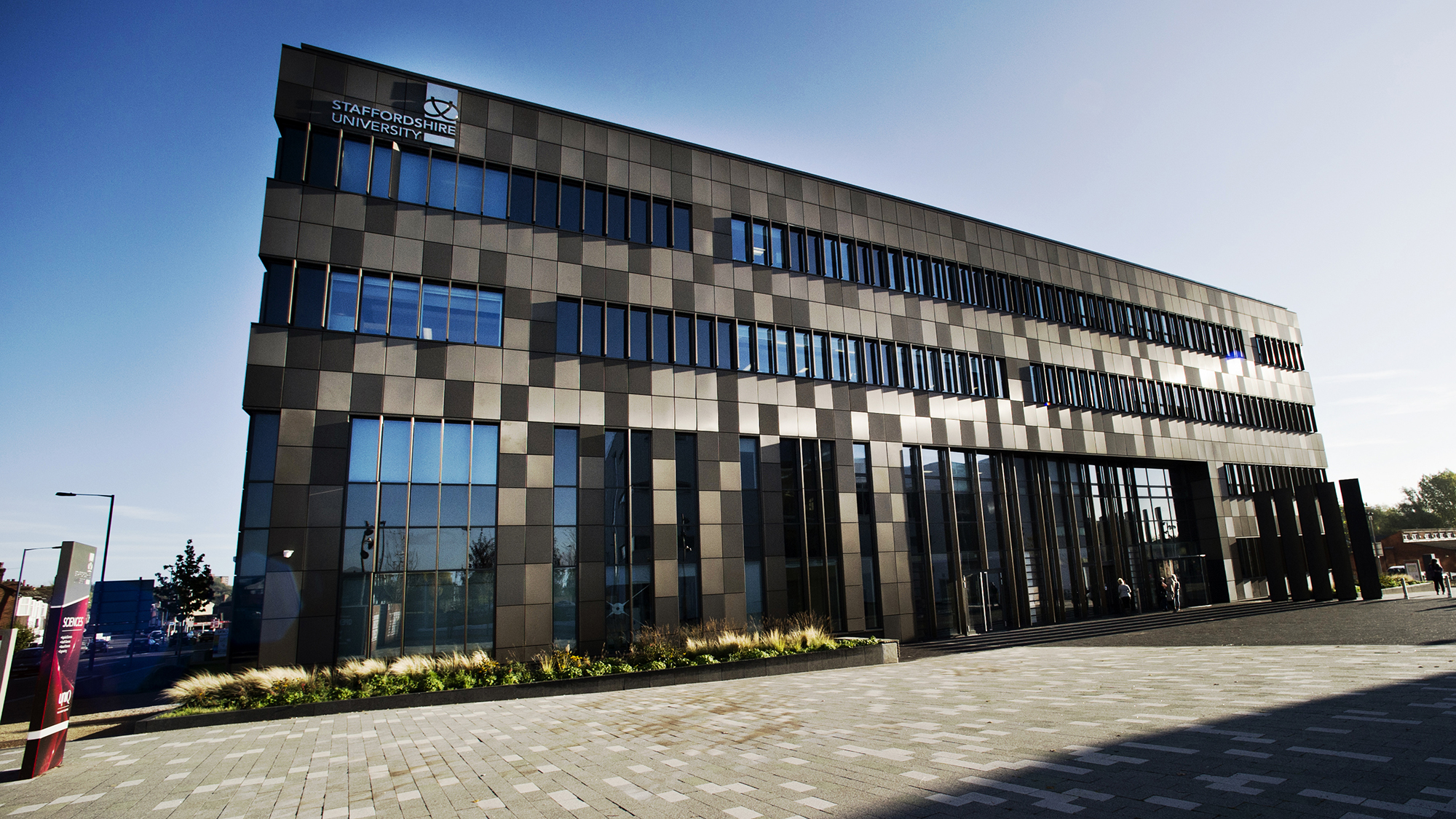
Whenever we encounter the term ‘automation’, it’s far too easy to fall into the trap of envisaging a bleak future in which the increasing use of machines leads to an explosion of mass unemployment. The reality is far more nuanced, however, with research suggesting an ideal situation comprises humans and machines working in harmony, bringing different qualities to the table.
This human-centric approach to automation is an ethos that Staffordshire University has embedded in its digital strategy, pro vice chancellor for digital, Andrew Proctor, tells IT Pro. The university’s goals, he explains, are geared around the idea that AI can increase the level of human-to-human contact by letting automated systems do the heavy lifting. As he puts it: “It’s just about this really nice and powerful idea that artificial intelligence and automation doesn’t necessarily have to be this nefarious technology that’s a threat to people. It’s more about actually increasing the amount of time that humans spend with each other and improving interactions as well.”
Forging a partnership
With an eye to the future, Staffordshire invested in the services of robotic process automation (RPA) firm Blue Prism last year to handle the beginnings of a massive technological shift. The automation, overhauling a handful of processes in the finance department, has recently been completed without much of a hitch, but for Proctor it was far from clear-cut, particularly given the looming shadow of COVID-19 threatening to kill the project off.
“We both had some really grown up conversations about whether we should pause, whether we should wait and see how things die down,” he says, “because we were building our partnership at the same time, and the first automation was proving the capability. It’s high stakes for both sides; we want it to work, Blue Prism wants it to work, so it was a case of ‘are we adding too much risk by doing it in a different model?’”
From the start, Staffordshire was seeking a company with which it could form a strong partnership, and this is a point that Proctor stresses repeatedly: That a 50:50 partnership approach to digital transformation is crucial for an organisation like his. “Having a small but passionate team working with private sector expertise is really powerful, and if you get that right, and if you get that balance right, and you choose the right partner then you tend to fly.”
The internal development team, although they had no experience in automation, knew the university and its existing systems inside-out, he continues, and they are also passionate about the institution. That, in combination with the right partner that’s proud of its technology, will see these two sides come to the table together in a really compelling way.
A continuous blending of knowledge expertise between these two parties has also naturally given rise to an ongoing knowledge-transfer process.
Sign up today and you will receive a free copy of our Future Focus 2025 report - the leading guidance on AI, cybersecurity and other IT challenges as per 700+ senior executives
Living with COVID-19
By the time the parties were ready to pull the trigger on the finance automation, the pandemic and subsequent lockdown turned the nature of work on its head, with remote working a potentially indefinite fixture. This threatened the viability of the project before it had even got going, especially considering they had deliberately chosen a complex project to prove the viability of the technology. “The overwhelming answer was, we can do this,” however, a defiant Proctor tells IT Pro. “We both work remotely with people and customers very competently, so there’s zero reason why we can’t be doing this.”
Indeed, Staffordshire University was in the fortunate position of having already fully migrated its services to the cloud two years previously, and had been delivering services such as Microsoft Teams to its staff since then. The transition to remote working, therefore, was a much smoother experience than for many other similar organisations, although that doesn’t mean there wasn’t any room for improvement.
“How we would summarise the impact of COVID for us personally at Staffordshire is that it’s almost accelerated our existing desired cultural changes,” he adds. “So we always wanted more devolved decision-making, more risk-taking, we wanted to shift to more engagement online and provide more online, and this has just really given people even more confidence, so things have started to move more quickly.”
His experience is similar to that of many public sector organisations that were in the midst of their respective digital transformation projects when the COVID-19 crisis took shape. The Rail Delivery Group (RDG), for example, saw the pandemic as an opportunity to fast-track its alerting tool, rolling this out while the crisis was in full swing.
Building on the foundations
Rather than automating some email scraping, for example, Proctor says, Staffordshire was keen to automate a complex process to prove the viability of the technology. With automation a key building block in the university’s roadmap, too, there was no room for error. This automation project centred on processing student withdrawals and intermissions, when students take time away from their studies, with administrative staff expected to process cases based on certain information, and share documentation with relevant parties. The process was laborious because it involved logging into many different systems and gathering information from a number of sources.
“When the finance team started seeing the process that they really don’t like being performed by software robots in front of their eyes, that was quite a good moment for us,” he adds. “It just proved our future direction of travel, and there’s a difference talking to other people and reading about this technology – looking at the brochurces, in videos – and seeing it live in action in your own organisation.”
Building on this experience and wishing to be known as a forward-thinking institution, Staffordshire University indeed has other projects on the horizon as part of its 2030 roadmap. The Blue Prism integration is a core part of this, but there are branching elements that Proctor is excited about. The knowledge-transfer between Blue Prism and Staffordshire’s in-house development team has been embodied by a Centre of Excellence, which will play a much bigger role in the technical implementation of future automation across other departments.
Elsewhere, Proctor is also keen to integrate Blue Prism functionality into the university’s own AI-powered digital student coaching assistant, Beacon. This will lead to monitoring and analysing levels of student engagement, for instance, as well as having functionality that can nudge them if it detects dropping levels of attendance.
“What we can also start doing is presenting that information back to students as well, so we’re really mindful of being transparent,” he adds. “Almost if you imagine a health app; they can see their own level of engagement, and maybe even compare to the average level as well. So that they can see actually it feels as though I should possibly be doing a bit more in terms of studying et cetera, so just really trying to equip students with knowledge and information that really maximise their experience.”
RELATED RESOURCE
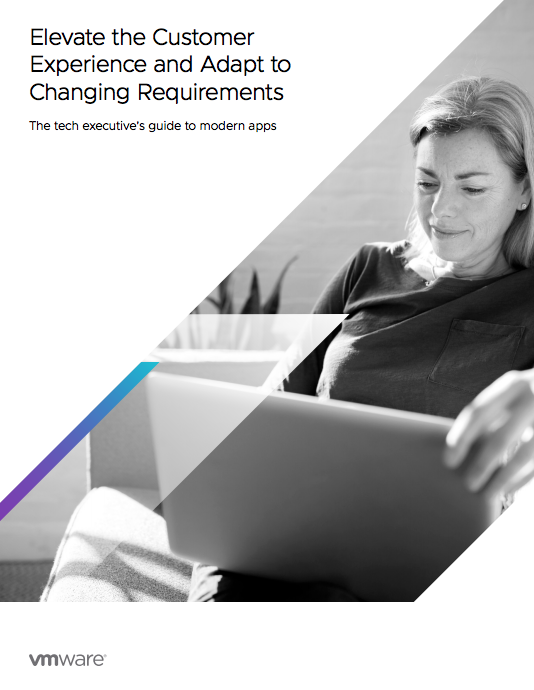
The tech exec's guide to modern apps
Elevate the customer experience and adapt to changing requirements
The bulk of the automation has thus far been focused on improving back-office functions and giving staff more time by allowing machines to do much of the heavy lifting. Once the train of automation works its way through the university and eventually begins integrating with front-end services, though, Proctor hopes this human-centric ethos will do the same for students, giving them more time by simplifying some of the more complex and laborious processes.

Keumars Afifi-Sabet is a writer and editor that specialises in public sector, cyber security, and cloud computing. He first joined ITPro as a staff writer in April 2018 and eventually became its Features Editor. Although a regular contributor to other tech sites in the past, these days you will find Keumars on LiveScience, where he runs its Technology section.
-
 I couldn’t escape the iPhone 17 Pro this year – and it’s about time we redefined business phones
I couldn’t escape the iPhone 17 Pro this year – and it’s about time we redefined business phonesOpinion ITPro is back on smartphone reviews, as they grow more and more intertwined with our work-life balance
-
 When everything connects, everything’s at risk
When everything connects, everything’s at riskIndustry Insights Growing IoT complexity demands dynamic, automated security for visibility, compliance, and resilience
-
 IBM pledges support for UK government cyber skills program
IBM pledges support for UK government cyber skills programNews The CyberFirst Girls competition is aimed at increasing diversity in the cyber security workforce
-
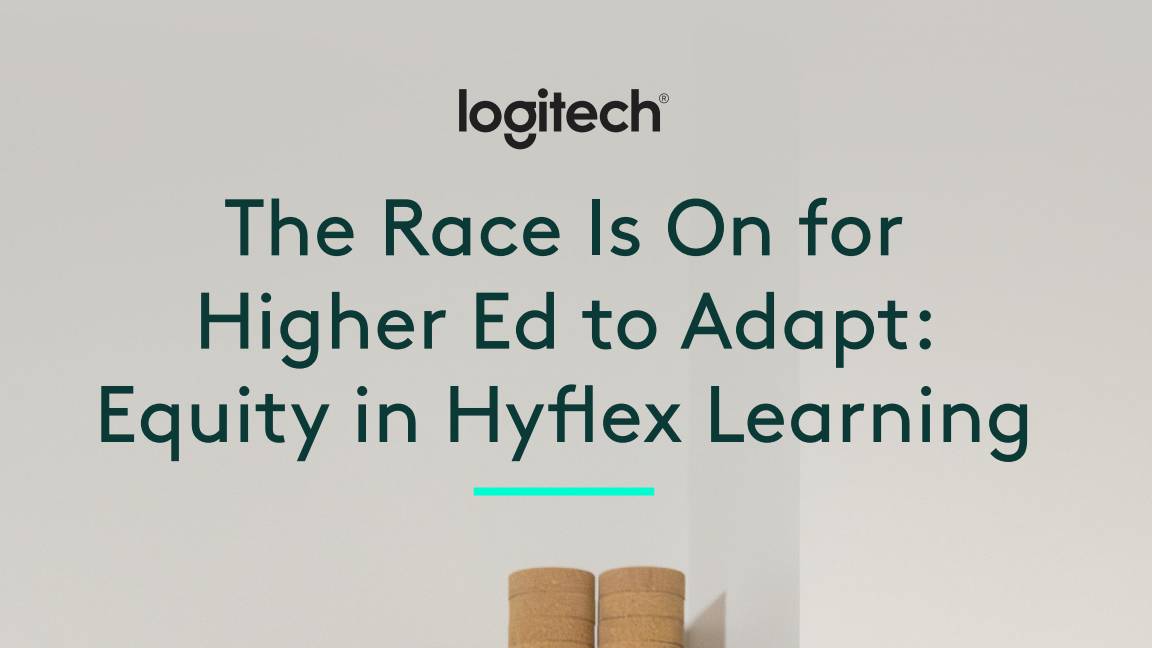 The race is on for higher ed to adapt: Equity in hyflex learning
The race is on for higher ed to adapt: Equity in hyflex learningWHITEPAPER Fulfil student and faculty needs
-
 Practical ergonomics guide for education
Practical ergonomics guide for educationWHITEPAPER Save energy, focus, and promote overall well-being
-
 CyberEPQ program expansion aims to get more state school pupils into cyber security
CyberEPQ program expansion aims to get more state school pupils into cyber securityNews The CyberEPQ program hopes to lower the barrier to entry for students seeking careers in cyber security
-
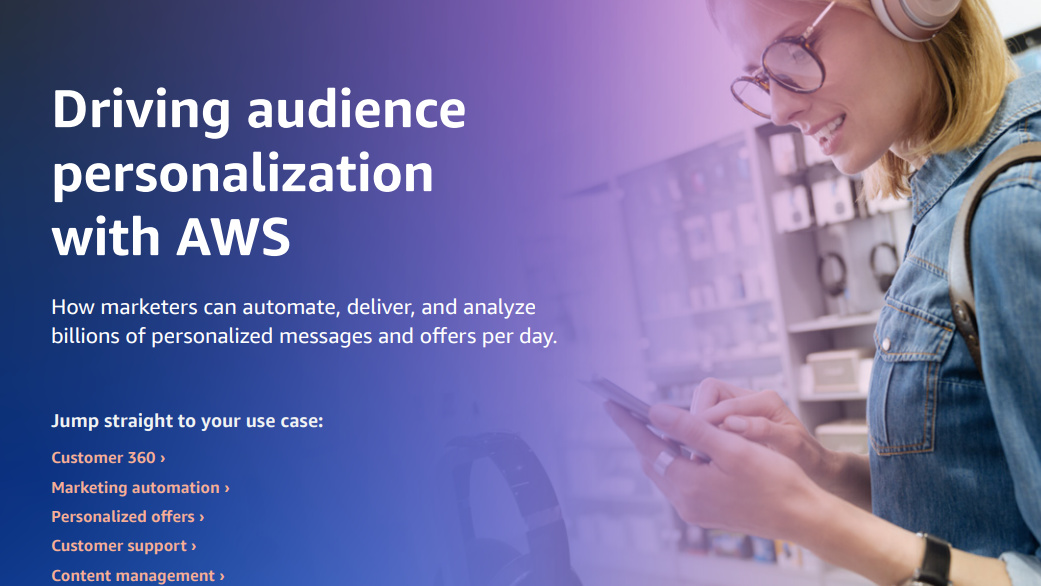 Automate personalization with AWS
Automate personalization with AWSWhitepaper How marketers can automate, deliver, and analyze billions of personalized messages and offers per day
-
 How a hyper-automation platform can drive value for your bank
How a hyper-automation platform can drive value for your bankWhitepaper Five ways automated processes can drive revenue and growth
-
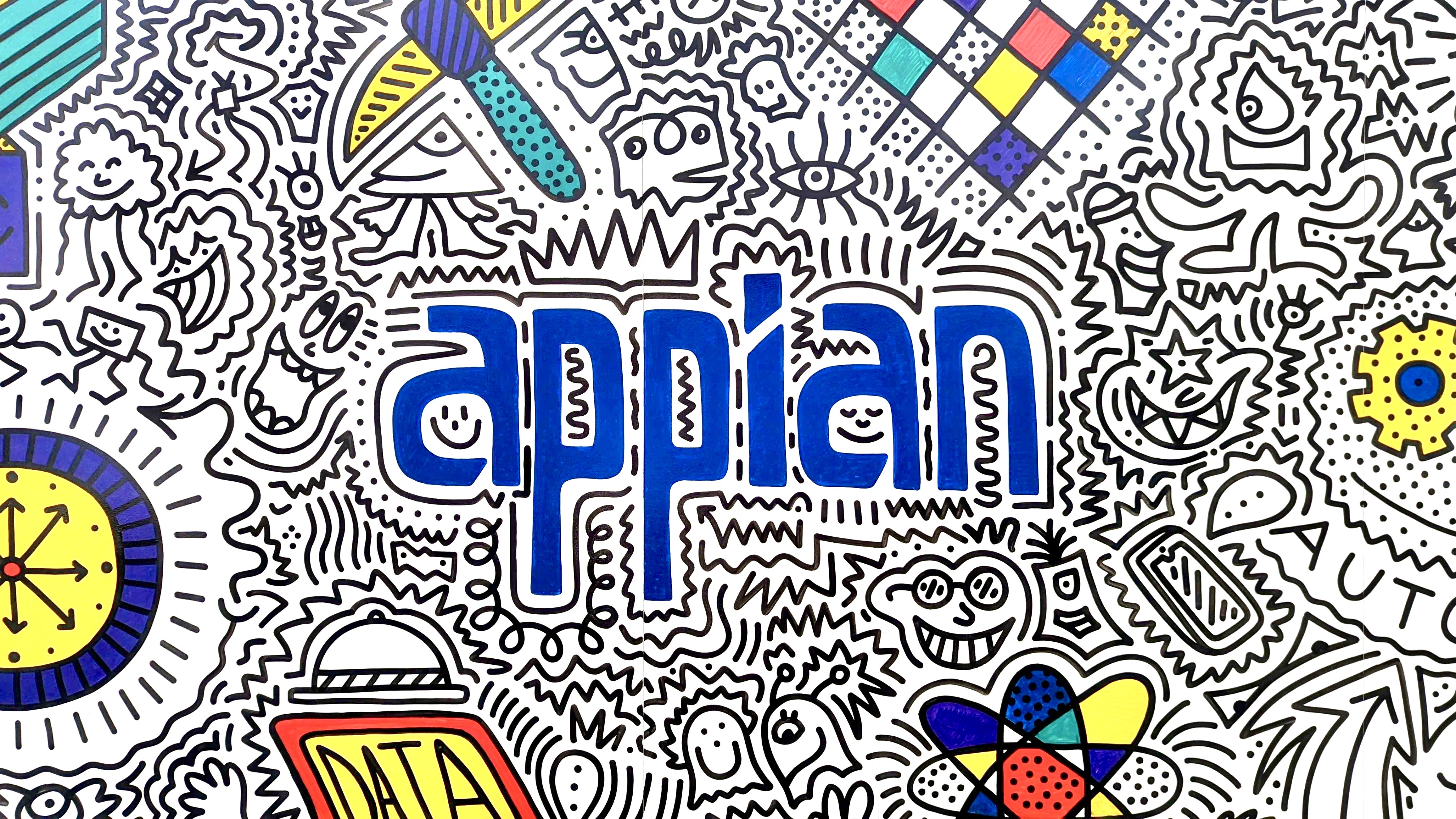 Appian wants to be the AI company for AI skeptics
Appian wants to be the AI company for AI skepticsAnalysis The firm outlines its AI strategy at Appian World 2023 while using ChatGPT and Midjourney to create scripts and imagery for keynote presentations
-
 Workday hit with claims its AI hiring systems are discriminatory
Workday hit with claims its AI hiring systems are discriminatoryNews An African American plaintiff has alleged that Workday's systems prevented him from being hired on the basis of his race, age, and mental health